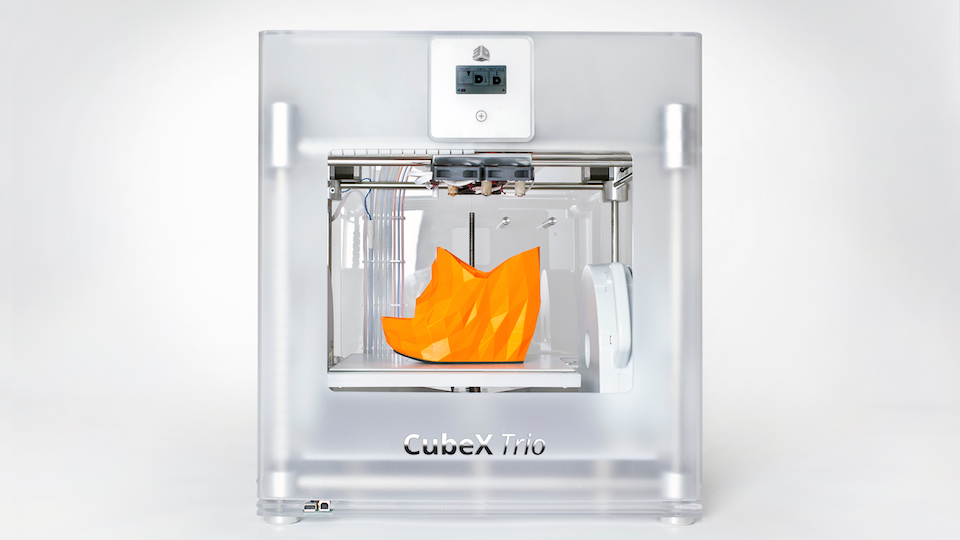Winner of the Best Emerging Technology award at CES 2013, Cubify is a consumer-friendly 3D printing system that scans, sculpts, and synthesizes any design.
What is the Cubify system?
Cubify’s scanning products are portable and lightweight — there is an iPad accessory model and a freestanding handheld version. Once a 3D scan is completed (and you can scan anything, from objects to people to events), the file uploads to Cubify’s cloud. It can be edited and modified like a traditional image using the company’s suite of modeling apps. The latest app is Cubify Design, which enables professional-grade 3D assembly for $199.
So once the design is ready, what happens next?
The real fun starts with Cubify’s 3D printer, which can print straight from a mobile app or the cloud. There is a basic model, which is geared toward all ages and starts at $1000, and a pro version, which can print in ultra-high resolution in three simultaneous colors (as thin as 70 microns — pretty thin!). There are also higher-end models for professional prints. Cubify’s color system uses 24 colors, two of which glow in the dark.
What’s next for Cubify?
It’s still a bit pricey, but expect the Cubify system to get more affordable as 3D printing becomes commonplace. Cubify is now printing everything from luxury shoes to customized Star Trek figurines. 3D printing is an increasingly exciting space, and IPG Media Lab is looking forward to seeing how the consumer side will develop.
What does this mean for the on-demand economy?
As 3D printing becomes easier and cheaper for the average consumer to use, customers will have near-instant access to goods. Consumers will be able to dream up their own ideas, and print them at home, such as a parent creating and printing a toy for their child by the time they get home from school. Ultimately, brands may be able to market direct to consumers without the need for retailers, completely reinventing the way people shop.


